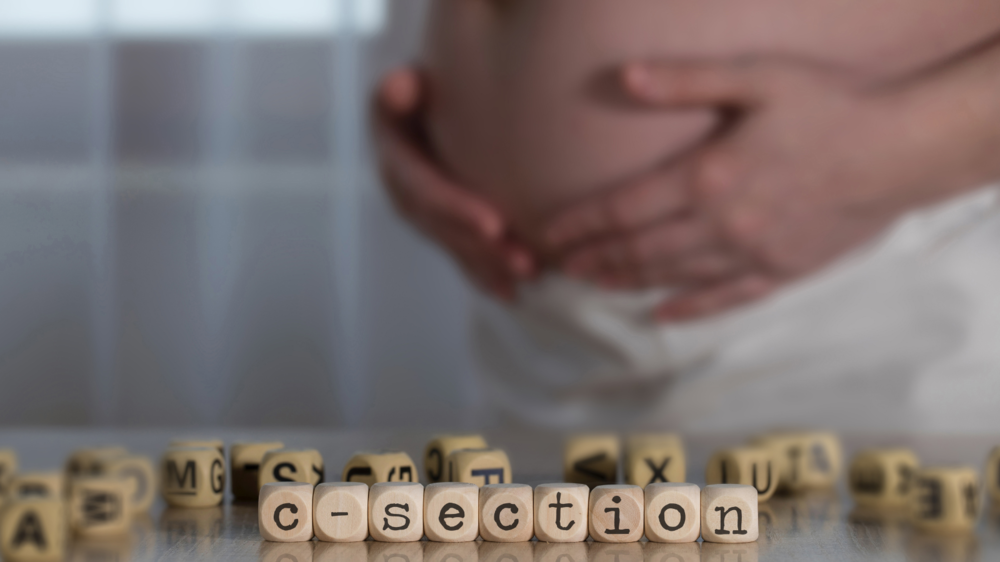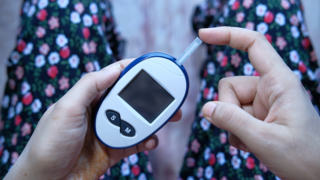Knowing what an isthmocele is, why it happens, and how doctors find it can help you make better health decisions.
What Is an Isthmocele?
An isthmocele, sometimes known as a uterine niche or C-section scar defect, occurs when the tissue along a C-section scar does not fully heal. This leaves a small pocket or dip in the lower part of the uterus, just above the cervix, leading to irregular bleeding or pelvic discomfort. Many people discover it only during fertility evaluations or imaging for unrelated issues.Causes of Isthmocele
There is no single cause of isthmocele formation. It usually develops due to a combination of surgical, biological, and recovery-related factors. Some common causes include:1. Type of Caesarean Incision
- A low transverse incision (horizontal cut) is generally used in most C-sections.
- However, if the incision is placed too low or too high, the healing pattern may differ, increasing the risk of a defect.
2. Surgical Technique
- The way the uterus is stitched after the delivery plays a key role.
- Incomplete closure of the inner uterine layer or using a single-layer closure instead of a double-layer closure can sometimes result in weaker scar tissue.
3. Infection or Poor Healing
- Any post-surgery infection or slow wound healing may affect how scar tissue forms.
- Not getting enough rest, having anaemia, or lacking certain nutrients after delivery can also slow down healing.
4. Multiple Caesarean Deliveries
- The more C-sections one has, the higher the chances of developing a defect at the scar site.
- Having cuts in the same spot more than once can weaken the tissue and make it less stretchy.
5. Uterine Position
- If the uterus tilts backwards, it can sometimes heal unevenly after surgery, which may cause small dips in the scar.
Common Symptoms of Isthmocele
Many people with an isthmocele do not notice any symptoms. For those who do, signs can appear slowly, sometimes months or years after a C-section. Look out for these common symptoms:- Spotting or prolonged bleeding after periods: Menstrual blood may collect in the pouch and slowly trickle out.
- Pelvic pain or cramping: Often caused by trapped blood or inflammation near the scar.
- Pain during intercourse: The scar defect may create sensitivity or pressure.
- Difficulty conceiving or secondary infertility: The retained fluid in the niche can interfere with embryo implantation.
- Discomfort during menstruation: A feeling of heaviness or incomplete period flow.
- Vaginal discharge between periods: In some cases, old blood may appear as brownish discharge.
How Is an Isthmocele Diagnosed?
Doctors typically begin by inquiring about your medical history and performing a pelvic exam. Because symptoms can be similar to those of other conditions, such as endometriosis or fibroids, imaging tests are important to confirm the diagnosis.1. Transvaginal Ultrasound (TVS)
- A TVS is often the first test done.
- It can help identify any indentation or fluid-filled pocket near the C-section scar.
- The best time for this test is just after your period, when any trapped blood can still be seen.
2. Saline Infusion Sonohysterography (SIS)
- This involves inserting sterile saline into the uterus before an ultrasound.
- The fluid outlines the inside of the uterus, which makes it easier to spot any defects.
3. Hysteroscopy
- A thin camera is inserted into the uterus to directly view the scar.
- This lets doctors see exactly how big the isthmocele is, how deep it goes, and where it is located.
- This method also helps in planning treatment if needed.
4. MRI Scan
- MRI provides detailed images of the uterus and surrounding tissues.
- An MRI is helpful if the ultrasound does not give clear results or if there are several C-section scars.
Is an Isthmocele Dangerous?
Most of the time, isthmocele is not dangerous. But if it is not treated, it can sometimes cause:- Chronic pelvic pain
- Heavy or irregular bleeding
- Difficulty conceiving or sustaining pregnancy
- Rarely, complications during future pregnancies, such as uterine rupture or scar dehiscence, may occur.
Treatment Options
While this article mainly covers causes, symptoms, and diagnosis, it is important to know that treatments are available.Your doctor may suggest different treatments based on the size of the defect and your symptoms, such as:
- Medication to manage pain or bleeding.
- Hysteroscopic surgery to remove or smooth the scar tissue.
- Laparoscopic repair of deeper or larger defects.
- Lifestyle support, including iron-rich diets and adequate rest for recovery.
An isthmocele is a small pouch or dip that forms where the uterus was cut during a C-section. It often happens because the area did not heal fully, the surgery technique was not ideal, or the person had more than one C-section. Sometimes it causes no symptoms, but it can lead to longer bleeding, pelvic pain, or trouble getting pregnant.
Doctors use ultrasound or hysteroscopy to find out if you have an isthmocele. If you notice unusual bleeding or pain after a C-section, see a doctor early. With the proper care, most people recover well and stay healthy.
Whether you’re pregnant, a new mom, or navigating postpartum, you don’t have to do it alone. Join our support group to connect, share, and support one another.
FAQs on Understanding Isthmocele After Caesarean Delivery – A Complete Guide to Causes and Symptoms
- Can an isthmocele heal on its own?
In mild cases, small isthmoceles may remain stable without treatment. However, significant defects often need medical attention, especially if they cause symptoms or affect fertility. - Is it safe to get pregnant again with an isthmocele?
Yes, but it depends on the defect's size and location. A gynaecologist may recommend repairing it before trying for another pregnancy to reduce risks. - How common is isthmocele after a C-section in India?
Studies suggest that about 20–40% of individuals with a prior C-section may develop a mild isthmocele, though not all experience symptoms or require treatment.









